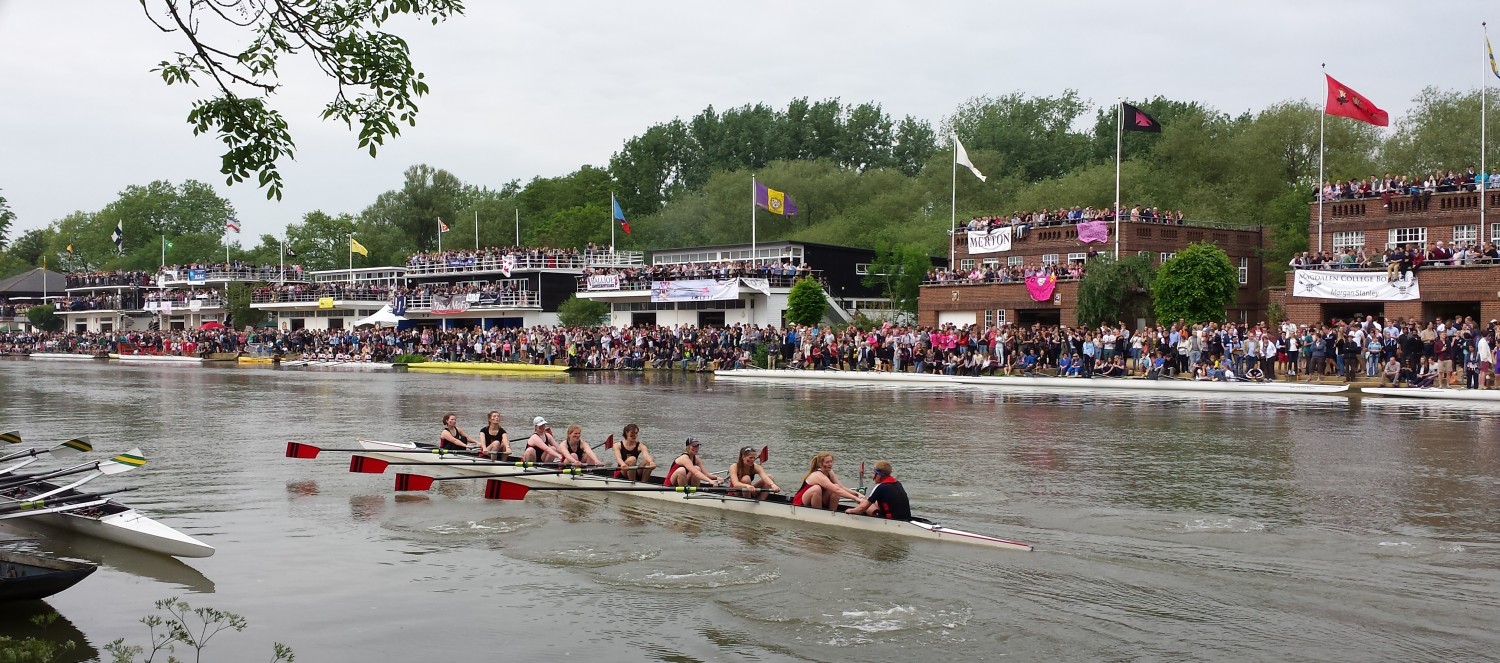Regattas and telephones – are you making best use of them?
By Howard Aiken
If you heard that another club had been gifted hundreds of pounds of communications and video equipment, you might think they were really lucky – or clever. If you were particularly highly motivated you might even make enquiries as to how and from where they got hold of such a valuable resource. Well here’s the thing – that club is your club and the equipment is there now waiting for an imaginative coach to use it effectively.
I’m talking of course about smartphones. Most of your adult rowers (and quite a few of your juniors) have one – so if you are taking a squad of say 12 rowers to a regatta, you have more than enough equipment to boost your club’s overall coaching effectiveness by a significant margin in a very short time. 
Even an average smartphone is today capable of shooting video (and stills) good enough to be used for training purposes and their built-in communications capabilities make it relatively easy to collect that video material together for the coach(es) to use.
Try this for a scenario. You have an eight competing over a 1km river course. The course has a bend in it so there is no one place from which you can see the whole race. Apart from the eight rowers in the boat you have four others and yourself to make a video record of their performance. You can communicate with them by calling them or via text messages. Texts can be sent to individuals or to the group (a ‘how to’ explanation for group texting is available here: http://bit.ly/1kmUeWC).
As the start is furthest away, you take that station and position yourself so that you can record the start sequence. You put your next camera about 300m down the course. They will be able to record how the crew settles into race pace. You put another at the half way mark and another 150 – 200 metres from the finish. That still leaves you one spare to capture the finish even though that probably has less training value that the other stations. Each phone only needs to capture about a minute’s worth of video – well within the capabilities of a smartphone. After the event and from the comfort of their own homes, your squad can upload their videos to your chosen online storage service (Microsoft OneDrive / Google Drive / Dropbox – there are lots to choose from) from where you can gather them together to review, edit and either email to your crew or replay at the clubhouse when you next meet.
If this sounds technically challenging, don’t worry. The younger members of your club have all of the required skills to make this work. They are already doing most of it already, although probably for less useful purposes. That said, as with any new exercise, it is worth rehearsing this on your own stretch of water before you try it out at a regatta.
A couple of words of caution may be appropriate here. Recording video on a smartphone while riding a bicycle may not actually be illegal but it is certainly high risk and I’d advise against it. Don’t ask your squad members to risk their phones or their safety in pursuit of a training video – most phones are not waterproof and can break if dropped. However, as I said at the beginning, equipment and capabilities which were fiction only a few years ago are now available to us all. It is up to us how we use it.
